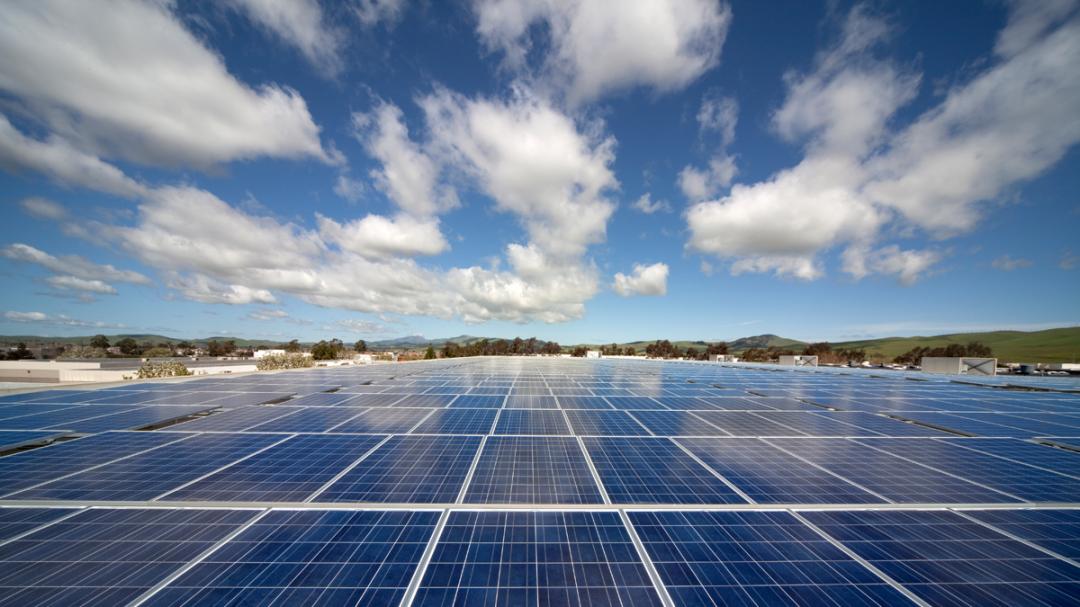Iran's top renewable body is planning to expand solar energy from photovoltaic power stations to solar panels on rooftops in a bid to increase the country's scant electricity output from renewable sources.
Mohammad Sadeqzadeh, head of the Renewable Energy Organization of Iran, said the government is offering incentives to encourage households to use solar panels on their rooftops, Mehr News Agency reported on Saturday.
"The government pledges to purchase electricity produced via rooftop panels at 8,000 rials (around 22 cents) per kilowatt," he said. The plan is aimed at integrating the electric output from small photovoltaic panels into the local and national power grids.
According to Sadeqzadeh, utilizing solar panels would be a profitable because those consumers who use the technology will be able to sell each kilowatt-hour of their solar power in exchange for the heavily subsidized price of 600 rials, or less than 2 cents.
SUNA, in cooperation with 39 power distribution companies nationwide, has taken steps to curb bureaucratic procedures for the use of solar panels, such as obtaining environmental licenses and permission for installation, Sadeqzadeh said.
"People can approach their local electricity offices to install small-scale solar units," the official said without elaboration.
There is an increasingly tight race among public corporations, private enterprises and startups alike to deliver products and services at consumers' doorsteps, but Iran's power industry, which is regulated and largely run by the government, appears to be years behind the latest global business trends.
Purchasing the output of solar panels from homes is a positive step to prop up renewable energies, but it is far from enough as most consumers still opt to ignore the benefits of solar energy due to the hassle and financial risk of installing the solar panels.
A solar unit for rooftops costs roughly $6,000. The government came up with a plan two years ago to cover 50% of all the costs of panels for privately-owned buildings, but the SUNA official said the plan was scrapped due to regulatory constraints.
With more than 300 sunny days throughout a year, well above the likes of the UK with 150 days of sunlight per year on average and with far less intensity in radiation, Iran has huge potential to expand solar energy infrastructure.
According to published reports, Iran's total installed capacity for power generation from renewable sources is 241 megawatts.
Around 62,000 MW, or 80% of Iran's 75,000-MW output, is generated from thermal plants that burn fossil fuels. In addition, 12,000 MW comes from hydroelectric plants and 1,000 MW from the sole nuclear power plant in Bushehr.
As part of efforts to cap the emissions of greenhouse gases, Iran informed the Paris Climate Conference last year that it will produce up to 7,500 MW from renewable sources, which requires at least $12 billion in investment, according to some estimates.


